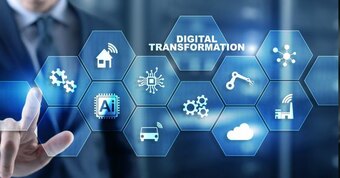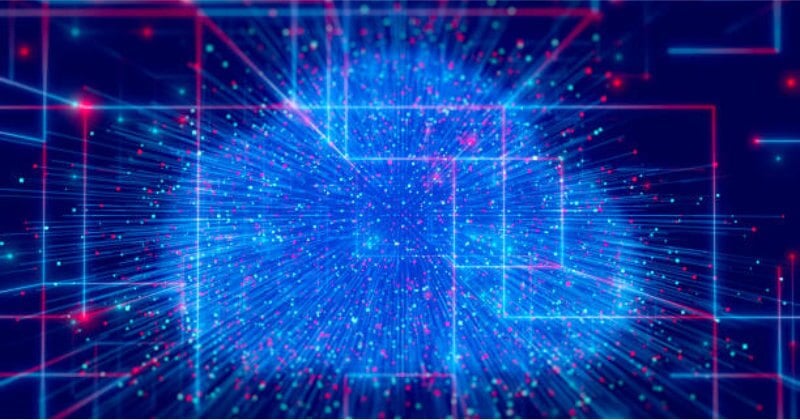Digital transformation is the incorporation of computer-based technologies into an organization's products, processes, and strategies. Organizations undertake digital transformation to better engage and serve their workforce and customers, and thus, improve their ability to compete. In challenging economic times, operational efficiency and cost optimization can also become important transformation objectives.

What are digital transformation technologies?
Technology drives both the need for digital transformation and supports the digitalization of an organization. Although no single application or technology enables transformation, several digital transformation technologies are critical to digitalization:
-
Cloud computing: With its elastic compute and data storage services, cloud computing often provides the foundation for transformation initiatives, along with offerings such as cloud-based CRM and ERP systems.
-
Commoditized information technology: Gives an organization the ability to focus investment dollars and people resources on the IT customizations that differentiate it in the marketplace.
-
Mobile platforms: Enable work to happen wherever and whenever.
-
Machine learning (ML) and AI: When fueled by comprehensive data programs, provide organizations with insights for faster, more accurate decisions around sales, marketing, product development, and other strategic areas.
-
Edge computing: Provides another tier for enterprise compute and storage, enabling use cases in industries including manufacturing, healthcare, and retail.
-
IoT: Generates vast amounts of data through sensors embedded in myriad devices; the resulting big data collection can fuel cloud- or edge-based data analytics.
-
Hyperautomation: Includes technologies such as ML and AI, RPA, and business process management for scaling automation across an enterprise.
Additional emerging transformational technologies help organizations to move faster, work more efficiently, and create new products and services, including the following:
-
Generative AI
-
Blockchain
-
5G
-
Augmented reality (AR) and virtual reality (VR)
-
Metaverse
Transformation technologies are often used in combination, rather than as isolated deployments. A manufacturer, for instance, might use 5G to boost connection speed to make more data available from IoT devices. That business could then analyze the data in the cloud to gain insight into operations across factories, while also performing analytics at the edge to understand conditions at the local plant. ML could be used for predictive maintenance, with the computer vision aspect of AI playing a quality management role.




